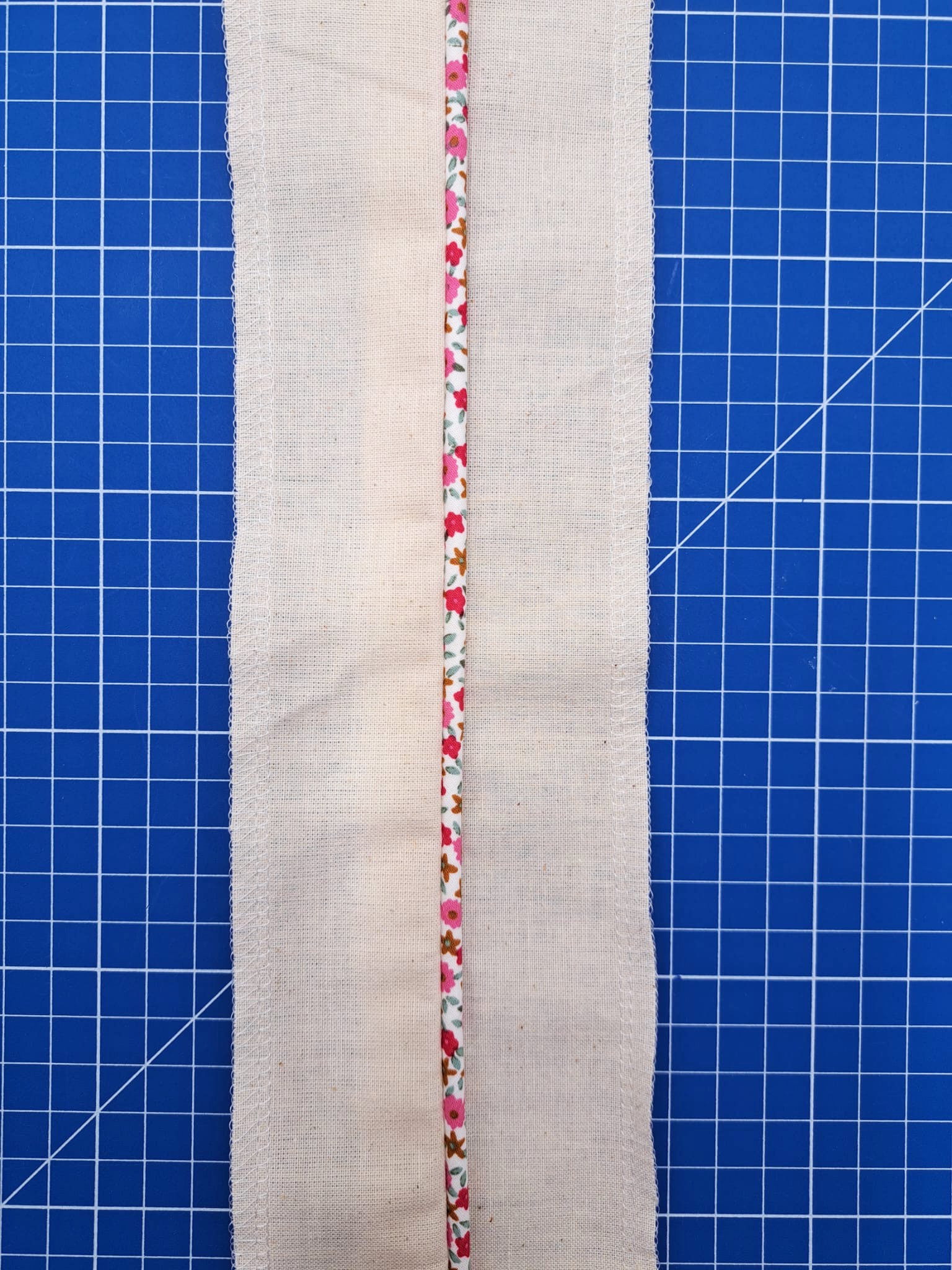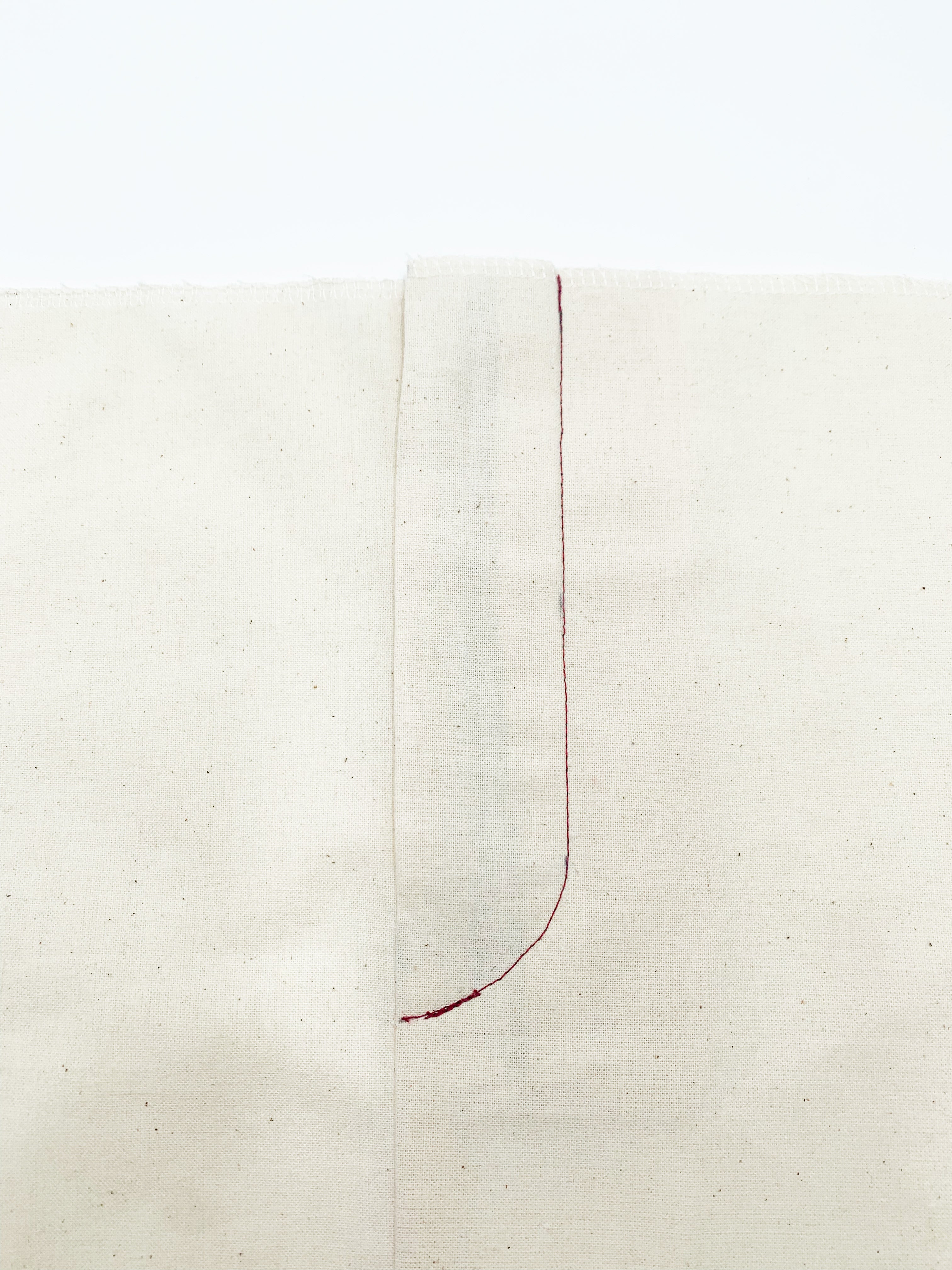table of contents:
The French seam is an ideal technique for achieving a clean and durable finish, especially on thin and sheer fabrics. It allows the raw edges to be enclosed in a second seam, thus preventing fraying and ensuring a neat finish on the inside of the garment. However, this method is not recommended for thick fabrics or curved seams, as it can create too much thickness.
Understanding Seam Allowance Width
The French seam requires a wider seam allowance than the classic seam. Here are the recommendations:
- First seam : 3 to 5 mm margin.
- Second seam : Margin between 7 and 10 mm.
- Total visible margin on the reverse : Between 5 and 10 mm, depending on the needs of the project.
- Stitch used : Straight stitch
- Stitch length : 2 to 2.5
- Stopping the seam : Backstitch
Steps to Make an English Seam
How to position the fabrics correctly?
Place the two pieces of fabric right sides together. Pin along the raw edges to stabilize the assembly before sewing.

How to make the first seam?
Stitch a first line of stitching about 5 mm from the edge . Once the stitching is complete, iron to flatten the seam allowance.

Open and Iron the Seam
Unfold the fabrics and press the seam open. This ironing is important to achieve a clean finish before the second stitching.

Fold the Fabrics and Iron
Fold the fabrics right sides together, enclosing the seam allowance inside. Iron carefully so that the fabric lies flat and the edges do not hang over.

How to make the second seam
Pin and then sew a second line of stitching 7 to 10 mm from the edge . This new seam traps the first and ensures a clean finish on the reverse side of the fabric.

How to finalize the Couture?
Iron one last time and choose which side to lay the seam to so that it blends harmoniously into your project.

Conclusion
French seam is an excellent method for giving your creations a neat and durable finish. Suitable for lightweight fabrics, it strengthens seams while making them attractive on both sides. With proper ironing and precise execution, you'll achieve impeccable results!











































Leave a comment
All comments are moderated before being published.
This site is protected by hCaptcha and the hCaptcha Privacy Policy and Terms of Service apply.